Best champagnes for under £35 UK 2022: delicious fizz for less from Aldi, M&S, Moet & Chandon, Taittinger
This article contains affiliate links. We may earn a small commission on items purchased through this article, but that does not affect our editorial judgement.
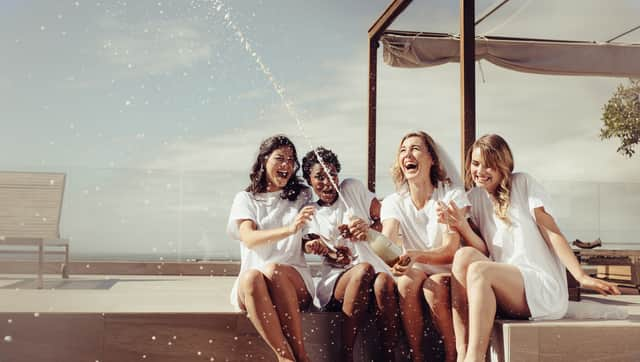

There are, of course, many other parts of the world that produce top notch sparkling wines but, regardless of taste, the mere fact a bottle of Champagne has the world’s most famous wine region printed on the label is enough to elevate it a notch or two.
This prestige tends to come at a price, but there are bargains to be had – so what should you be looking for in a Champagne that punches above its price weight?
What marks out a good Champagne?
Dawn Davies is a Master of Wine, Head Buyer at The Whisky Exchange and also Show Manager of the Champagne Show, so knows her way around a bottle of bubbles.
The first thing she points us towards is its autolytic character, which she explains is “the brioche / yeasty / toasty notes that indicate the wine has been aged on the lees for an extended period of time.”
After resting on the lees the yeast cells start to break down, a process known as autolysis, and you can get an indication of how long each product has spent on the lees by looking at the label. Champagne NV has to be aged for a minimum of 15 months whereas Vintage is a minimum of three years.
Bubbles should be bubbly - but what kind of bubbles?
Another key distinguishing feature is bubble structure. “For me a good Champagne should have a pretty fine bead and not feel aggressive when it hits your palate,” Dawn explains. “The bubbles should dance across your palate rather than come crashing in like a bunch of bouncy balls.”
As with all good wines, Champagne should have complexity of flavour and a long finish. As Dawn points out, “the more you have to think about it the better it is. Do you keep going back to it to discover more things?”
And finally, with other nations upping their game in the quality of their sparkling wines, Dawn reminds us that Champagne should have a flavour that is distinctive to the region. As she tells us “does it have a sense of place? You should be able to taste a Champagne and know it is Champagne.
Non-vintage Champagne has reserve wines in it which most non-Champagnes don’t – these reserve wines are from previous vintages so will add some complexity to the wine.”
For all the wine making excellence in the rest of the world, including England, it’s the pedigree, history and generations of wine-making expertise that still help maintain Champagne’s position as the most celebrated sparkling wine.
For this list Dawn has selected a few of her Champagne recommendations, and we’ve also sought the expertise of some other Champagne enthusiasts, besides sipping our way through some notable examples ourselves. So the next to you feel the urge to splurge on a bottle of Champagne, you can do so without breaking the bank.
Adore wine? Consider one of these brilliant wine subscription services, or our selection of the best wine glasses in the UK. You can store them on a stylish drinks trolley.
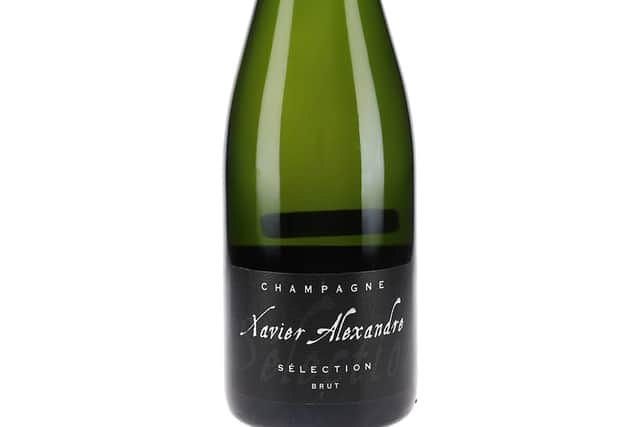

This Champagne comes from a ‘small grower’ (a ‘grower’ is someone who grows the grapes and produces the Champagne without buying any grapes in) in the Vallee de Marne.
It’s a blend of Meunier, Chardonnay and Pinot Noir grapes grown in the Marne villages that has been cellar-aged for five years.
With fine bubbles and a creamy foam, Dawn describes it as a “delicate fresh Champagne that has lovely floral notes and a nice savoury edge.” One to enjoy with seafood.
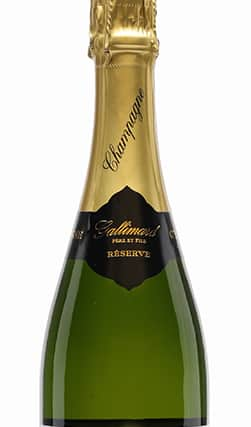

This Champagne is made in the less well known region of Aube, in the southern part of the Champagne producing area that’s close to the border with Burgundy.
Produced by the Gallimard family, who have been making their own Champagne for close to a century, this is made exclusively from the red Pinot Noir grapes.
It features lovely ripe red fruits with notes of toasted brioche and oranges. It’s a good, light Champagne that really over delivers for the price point.
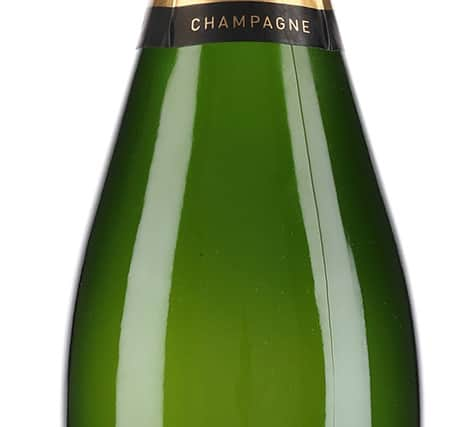

Orior Brut is the original signature Champagne of Pierre Legras which, according to their website, “symbolises blending.
A veritable aromatic mosaic, it takes you on a journey through our immemorial land, an alliance of our different vineyards.”
Now into its eleventh generation of family management, Pierre Legras Champagne has some considerable history attached to it and their expertise at winemaking and managing their Cotes des Blancs vineyards makes it deliver, despite the weight of expectation presented by the website.
Dawn Davies notes that the wine is made from predominantly Chardonnay grapes which “gives the Champagne elegance and lovely lifted orchard and citrus fruits.”
Ideal as an aperitif it will kick-start any occasion in fine style.
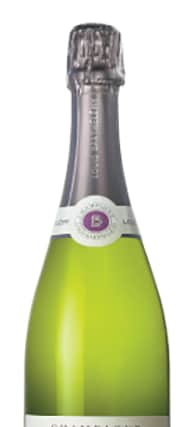

When it comes to pairing Champagne with food, you’ll find fish the most commonly recommended accompaniment, so for our best-with-food category we sought an opinion from one of the best seafood chefs in the business, Mitch Tonks of the Rockfish restaurants.
His choice is Amethyste Brut Louis Barthelemy. “It’s a small family owned estate, 30% Chardonnay, 50% pinot Noir and the balance pinot Meunieur. Light golden in colour, it’s really fresh and crisp. A fabulous Champagne for the money, pair it with seafood and you have quite an experience on your hands.”
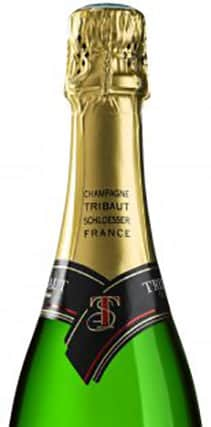

John Critchley is a drinks importer with Manchester’s Morgenrot and one of his jobs is to sniff out wines he thinks will be a hit with UK consumers. “The first thing I look for in Champagne is a smaller producer” he tells us.
“People who make their wines from their own vines. It guarantees a quality and freshness that you don’t necessarily find in a Grande Marque.”
John has picked out Tribaut-Schloesser as a Champagne that deserves your attention, and its Brut Origine as a star buy, with the wine ageing for 30 months on the lees.
It’s a small business with vineyards dotted around the clay-limestone slopes of the Marne Valley and Montage de Reims. “This is one of the reasons we love Tribaut so much” confirms John.
“100% family owned and everything they make is produced from their own vineyards. They’re also moving to full organic status from 2024, so this is definitely an estate to watch.”
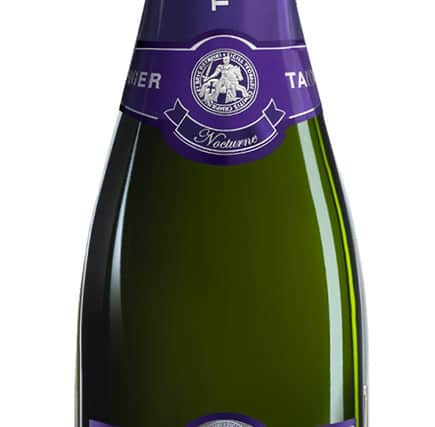

If you’re in the mood for trying out a new Champagne without shelling out on the cost of a full bottle then look out for some of the half (demi) bottles available.
Dating back to 1734, Taittinger is one of the most famous wine names in France (also look out for its first English wine to be launched in 2023), and in Nocturne they have an exceptionally good wine that has been aged on the lees for at least four years.
It has fine bubbles and a soft, creamy texture and although it smells fresh and fruity there’s also a mature ripeness to it that gives it the whiff of wealth. The rich flavours make it an excellent Champagne to enjoy at the end of a meal, and this diminutive bottle will stop you from getting too carried away into the night.
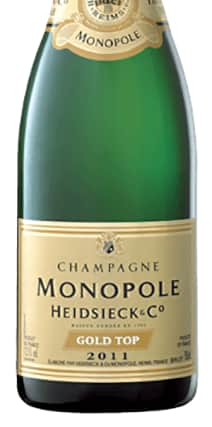

Champagne isn’t just for sipping on its own – it’s also used to make some of the most luxurious cocktails around.
Our favourite is the Kir Royale, a simple affair that involves pouring a small amount of creme de cassis (blackcurrant liqueur) into a flute and topping up with Champagne.
So to find out what sub-£35 bottle we should use for the topping-up part we consulted Jo Hilditch of White Heron, producers of the deliciously excellent British Cassis.
Jo has picked out Heidsieck and Co Monopole ‘Gold Top’, from a Champagne house well renowned for its great value, and a wine that has been aged for up to ten years. The ‘Gold Top’ name refers to the high quality of the bubbles, something that immediately appeals to Jo.
“We think the bubbles are just right for a Kir Royale” she tells us. “It’s quite sparkly and the slightly fragrant, rich flavours of the Gold Top compliment the rich blackcurrant of British Cassis.”
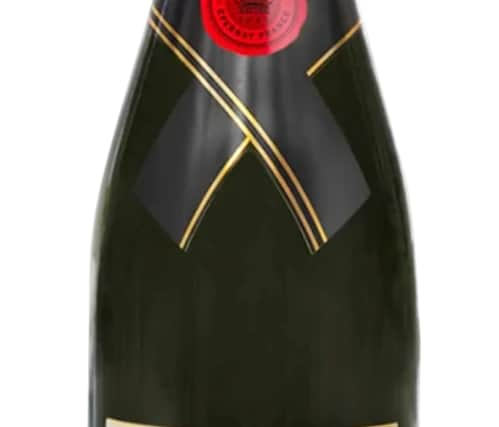

When there’s a big celebration afoot, such as a wedding, and whether you’re supplying guests or giving bubbly as a gift, flashing a bottle from one of the most famous names in Champagne will go down well with everyone.
Moët & Hennesey is one of Les Garandes Marques (24 Champagne houses who have formed a syndication to remind everyone of their greatness) and is synonymous with luxury, making everyone who sips it feel like they’re a little bit special.
This Brut Imperial release retails close to £40 at full price, but look out for special offers and you’ll often see it sneaking in at under £35 in several retailers.
It’s fresh and floral with a slight acidic snap of green apples and some fruity, brioche richness that shows its maturity. They’ve been making this Champagne since 1869, proving that this is a quality wine with pedigree.
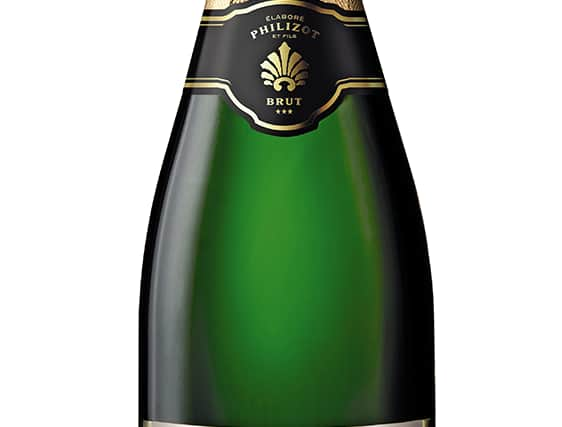

As this list shows, there’s plenty of choice for Champagnes under £35. But can you find quality at under £15? Thanks to Aldi’s savvy buyers, the answer is yes.
The budget supermarket has been scooping up no end of awards for its wines of late, and this bottle from Champagne house Philizot et Fils is one with heaps of accolades to its name.
It’s delicate, fruity and has those all important brioche flavours you would expect from a decent Champagne.
It’s the kind of wine you can get carried away with, merrily sipping through a few glasses, with or without food, until you suddenly realise you’ve emptied the bottle. A top notch tipple – and at this price we suggest you load up now for Christmas.
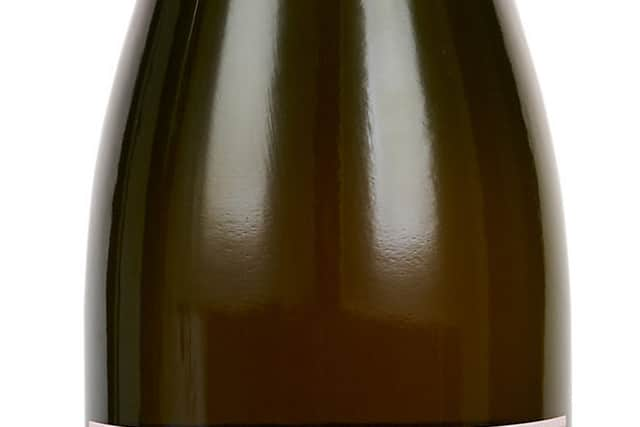

There are plenty of folk who prefer their fizz to be pink, and although the Champagne region produces plenty of fine rosés, finding one on a budget can be a little trickier.
Bargain hunters can again look towards Aldi’s Veuve Monsigny but we’ve plumped for Delacourt Cuvee Rosé Champagne Brut, from the posher aisles in M&S.
Using the three most common Champagne grape varieties – Pinot Noir, Pinot Meunier and Chardonnay – it is contact with the skin of the first two that gives the rosé both its salmon pink colour and the instant hit of strawberries.
There are also other red fruit flavours apparent – perhaps raspberry and currants – and a slightly savoury character leads to a drying finish. An excellent all-round rosé.